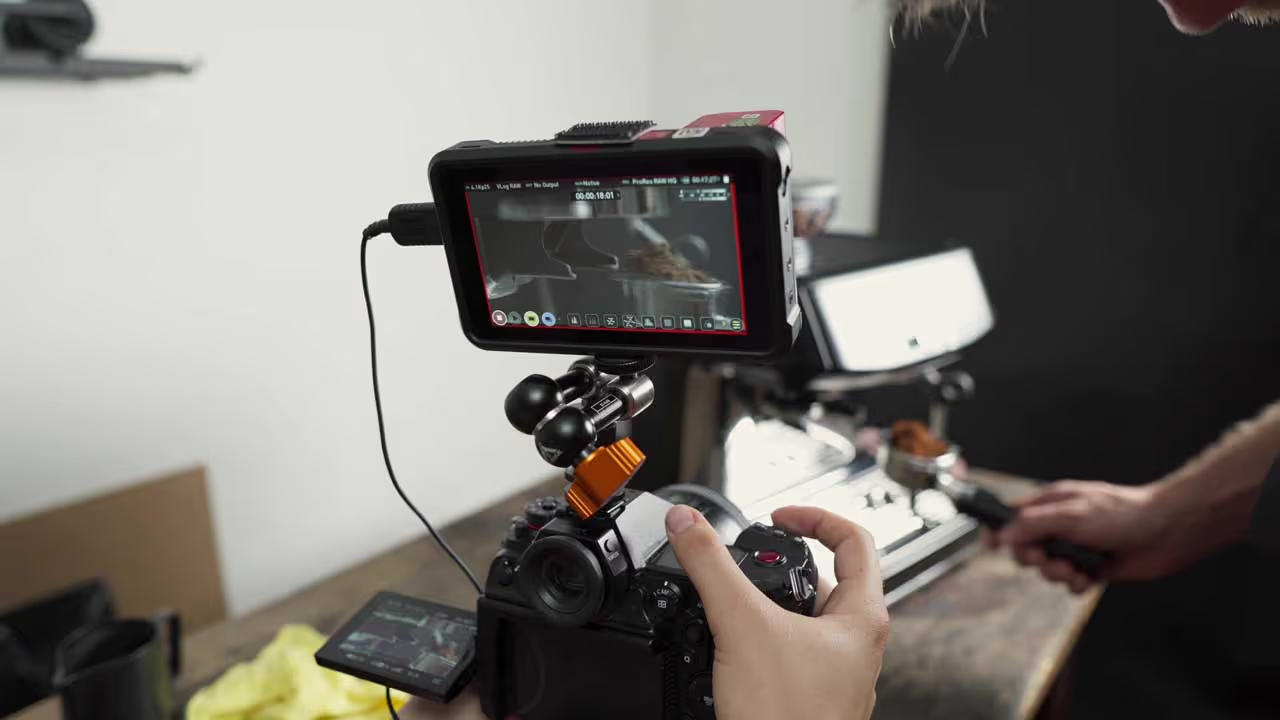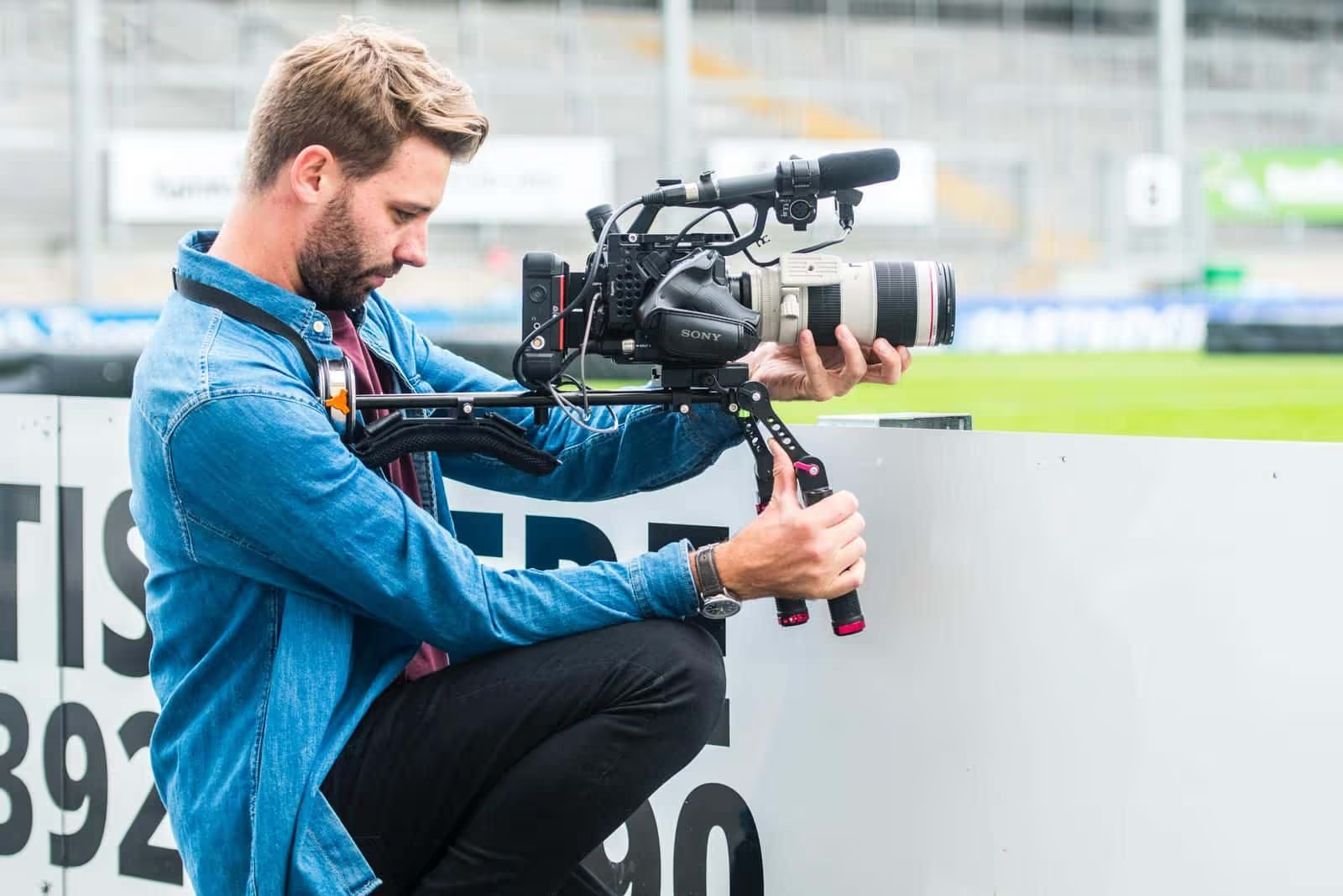Table of Contents
When witnessing the progression of the video shooting process, it becomes evident that video production is far from being a straightforward endeavor. It demands careful consideration and adjustment of various elements in order to attain the desired outcomes. Yet, even with these efforts, it remains challenging for most individuals to predict the quality of the resulting video.
Among the numerous crucial factors involved in shooting videos, the video format stands out as paramount, regardless of the video's intended purpose. It is imperative to possess a comprehensive understanding of the task at hand, your objectives, and the most suitable format to employ in order to achieve the desired outcomes. This article delves into the intricacies of RAW videos and explores their distinctiveness.
What is Raw Footage?

Raw footage, sometimes referred to as "source footage," is the unprocessed and rough output captured by a videographer during the shooting process. It is delivered as a comprehensive collection of files that may require professional software to access. If you manage to open these files, you will encounter footage that hasn't undergone color correction, audio enhancement, or trimming to remove unusable portions. In essence, the raw footage will not appear visually appealing.
However, there is no need to panic or be dissatisfied with the appearance of the raw footage. The crucial aspect of raw footage is that it is meant to be edited.
The intention behind raw footage is not for it to remain in its unprocessed state. It begins in this format to preserve the quality and intricate details for the editors, granting them maximum creative freedom when assembling the final video. As raw footage retains all the specifics, including true colors, lighting, and high-quality images captured by the camera, it can undergo significant transformations during post-production to meet the requirements of the final product.
Also read: Event Video Production: 5 Things to Consider and Why It’s Important for Your Business
Why Should You Care About Shooting in Raw?
Most of the time, when a camera's sensor captures light, the data send a series of processes. These processes involve rendering color based on the white balance setting, assigning tones according to the ISO setting, implementing noise reduction, sharpening the image, correcting for lens characteristics, and compressing and encoding the data into a video file.
However, when shooting in raw video format, none of these processing adjustments are permanently applied to the video file. Instead, you have the ability to modify these values either during the shooting process or in post-production. Essentially, shooting in raw allows you to "develop" your digital film with the exact appearance you desire. By opting for raw video, you typically gain access to a wider dynamic range, more flexible color manipulation, and the opportunity to apply specific levels of sharpness and noise reduction tailored to your preferences, rather than being limited to the manufacturer's predetermined settings. Raw video offers filmmakers the utmost artistic freedom to experiment and meticulously refine the visual aesthetics of their film. This is precisely why serious filmmakers prefer to shoot in raw format.
Benefits of Raw Footage
Exceptional quality
High-end cameras often capture footage in either 4K or 8K resolution, which is significantly larger than what is necessary for the final edited version. This abundance of resolution ensures that even after resizing, cutting, editing, and incorporating effects, the video quality remains intact. Essentially, raw footage provides you with a surplus of content, enabling you to have full control over what elements are retained and what gets discarded.
Creative Flexibilty
When a camera captures footage, it goes beyond the required sizes and collects a substantial amount of data, including lighting, color, and images, exceeding the immediate needs. This deliberate approach is intended for future editing purposes. By having an abundance of material and information, a skilled editor possesses a multitude of choices at their disposal. This allows them to meticulously shape the framing, color, lighting, style, and narrative of your video according to their precise vision and desired outcome.
Also read: Location Scouting for Video Production: Why It’s Important and How to Find the Best Spot
Storytelling Ability
Particularly when multiple cameras are used, the aftermath of a shoot results in numerous individual scenes devoid of a cohesive narrative. The editor possesses a remarkable ability to skillfully intertwine these scenes, transforming them into a compelling story that captivates viewers to the point where they become unaware they are watching a video. The available footage offers an array of storytelling possibilities, and our objective is to identify the most effective approach that aligns with our goals, ultimately creating the optimal outcome.
How Do We Handle Raw Footage at Get Camera Crew?

At Get Camera Crew, we provide our clients with the option to retain their raw footage.
There are several common motivations behind this choice. One reason is that clients prefer us to manage the production process up until the filming stage, after which they have their own editor who will handle the transformation of the raw footage according to their specific requirements.
Another reason is to preserve the footage for potential future use. Since capturing high-quality footage often involves a significant investment, certain companies prefer to retain all available assets for potential repurposing or future projects.
Lastly, some clients request their raw footage before the editing phase. This allows them to review the content that was captured and provide valuable input regarding what should be included or excluded in the final edit.
Do I need Raw Footage?
Ultimately, the necessity of raw footage depends on the specific video requirements of your brand. If you anticipate repurposing your content in the future or desire the ability to make edits yourself, having raw footage becomes a valuable asset to possess. However, if these factors do not align with your needs, managing raw footage may not be worth the time and resources it requires.
The decision regarding whether to acquire raw footage or not rests with you and your team, as you are best positioned to determine what will work most effectively for your video content. If you find yourself still uncertain or have additional inquiries, we are here to assist you. Feel free to reach out to us, and we will gladly provide guidance to steer you in the right direction.






